It’s no fun losing deals because you forgot to update their status or were too busy to follow up. Unfortunately, these scenarios happen way too often in small and medium-sized businesses. But it doesn’t have to be that way. Using HubSpot automation and deal stages together can help strengthen your sales process and reinforce the weak spots.
Sales automation may be the biggest case of untapped potential for HubSpot users. Manually updating deal status, sending personalized follow ups, keeping the entire team up-to-date; it’s a lot to keep track of and things will inevitably slip through the cracks. But with a little bit of organization and a few simple workflows, business owners and sales managers can improve their sales process and make their teams more efficient.
This article will show you how to get started using deal-based automation in HubSpot and build a few entry-level workflows for your team.
Create Your Deal Stages in HubSpot
If you want to optimize your sales pipeline, you should first map out the different stages of your sales process. HubSpot has a convenient and easy-to-use feature called deal pipelines that allows you to visualize your process and keep track of your deals as they progress (or get stuck).

To get started, you’ll need to think about your sales process in-depth and identify the different stages that a deal goes through. Common examples of a deal stage can be something like the following:
- Quote requested
- Meeting booked
- Proposal sent
- Closed won
- Closed lost
- Future potential
Everybody’s sales process is different, so your deal stages will be unique and may change over time. At WEBITMD, our sales process is relatively complex and can last several months, so our deal pipeline consists of many different stages. Your pipeline may be more or less complicated, but it will probably look something like this:
HubSpot’s Deal pipeline is more than a neat visual, though. It helps you keep track of the different deals that are in motion and accomplish a few key things:
- Predict revenue
- Identify bottlenecks
- Prevent deals from slipping through the cracks
- Keep track of prospects
- Monitor your team’s performance
- And more
Organizing your deal pipeline is the first place to start if you’re looking for ways to improve your sales process and take advantage of HubSpot’s deal-based automation.
Set Up Deal-based Workflow Automation
While there are several benefits to setting up deal stages in HubSpot, one of the main advantages we haven’t covered yet is all the automations you can trigger. Using HubSpot automation and deal stages together will make your life easier and save your team a lot of time.
We’ll get into some specific deal-based automations later on, but first, let’s discuss how to create a deal-based workflow in HubSpot. The process is simple:
- Select “Automation” from the main navigation menu
- Select “Workflows” from the dropdown menu
- In the top right corner, click the “create workflow” button
- Choose “Start from scratch.”
- Select “Deal-based” from the list of options
From there, you can create a custom workflow using the appropriate enrollment criteria and setting up the desired actions and time delays.
3 Ways to Use HubSpot and Deal Stages Together
Now the fun part. There are a lot of really cool deal-based automations you can create to remove friction from your sales process and make life easier. Since everybody’s sales process is different, we’ll cover some of the more universal automations that most businesses can use. Remember that the biggest limitation in what you can automate is your imagination, so don’t be afraid to experiment with more complex workflows.
That being said, here are three ways to use HubSpot automation and deal stages together:
Workflow #1: Automatically create a deal
Let’s say you have a deal stage for “quote requested” or “meeting booked.” Instead of manually creating a deal every time a lead fills out the corresponding form on your website, you can build a HubSpot workflow to do that for you. Here’s how:
- Step 1: Identify which forms you want to trigger the deal creation (ex: quote request, schedule a meeting, etc.)
- Step 2: Use those form submissions as the enrollment criteria for your workflow
- Step 3: Select “create record” as the next step in your workflow and specify “deal” under the “type of record to create”
Now instead of spending time creating manual deal records, you can use HubSpot automation to do that for you and assign those deals to your sales reps for taking the appropriate action.
Note: you will need to set this one up as a contact-based workflow
Workflow #2: Follow up reminders
This is useful for high-volume businesses or if you have a long and complex sales cycle. Keeping track of every deal in your pipeline and remembering to follow up at the right time can be tricky.
This is where HubSpot tasks become helpful. A task is a workflow action that notifies the deal owner when some kind of action needs to be taken. In this case, that would mean sending a follow-up email to your prospect.
For example, if you have a deal that is stuck and not moving forward, you can automatically create tasks that remind your sales team to follow up at specific intervals. Here’s how it works:
- Step 1: Select the deal stage you want to use and set that as the enrollment criteria
- Step 2: Add an appropriate amount of delay for when the follow up should be sent
- Step 3: Create a task as the next step in your workflow and assign it to the deal owner
Tasks are a great way to prevent deals from falling through the cracks. If a contact remains unresponsive after multiple attempts at a follow-up, you can add another step that moves the deal to another stage, such as “unresponsive” or “future potential.”
Workflow #3: Remarketing workflow
No matter how hard you work some deals, you won’t be able to close all of them. Some deals can be lost because of bad timing, budget constraints, or other circumstances out of your control. You may lose some deals to competitors only to have them come crawling back at a later date. This is why it is good to have a remarketing workflow set up for deals you couldn’t close.
Your deal pipeline probably contains deal stages such as “closed lost,” “future potential,” “unresponsive,” or something similar. Once a deal gets moved into one of those stages, it is good to send them remarketing materials like nurturing emails and retargeting ads in case there is still some interest.
Long-term nurturing sequences are an artform of their own, so I won’t go into too much on how to set that up. The simplest way to explain it would be as follows:
- Step 1: Create a contact list where the associated deal stage is any of “XXX” as the membership criteria
- Step 2: Use that list membership as the enrollment criteria for your nurture workflow
Note: you will need to set this one up as a contact-based workflow
HubSpot CRM and Sales Training
HubSpot automation and deal stages are a powerful combination that organizations of all sizes can use to scale and refine their sales process. However, we’ve only scratched the surface of what is possible.
To learn more about how we can help you scale your business through HubSpot CRM implementation, sales training, and more, download your free Growth Stack Guide below.


.jpg)

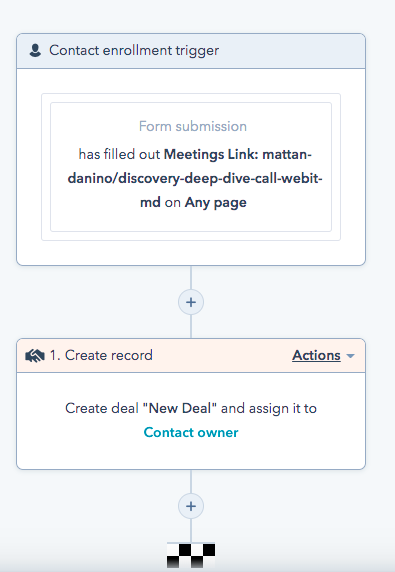
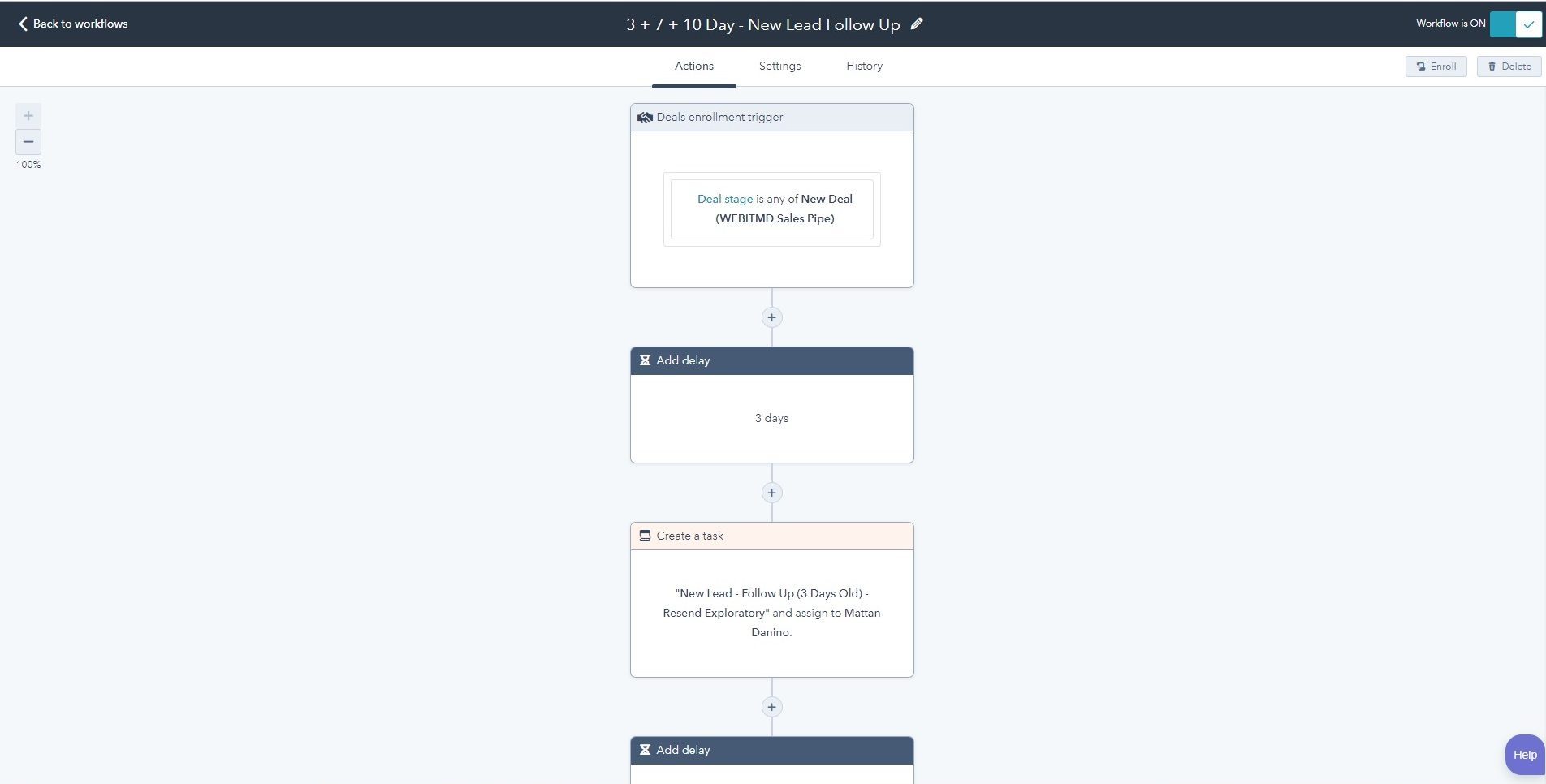
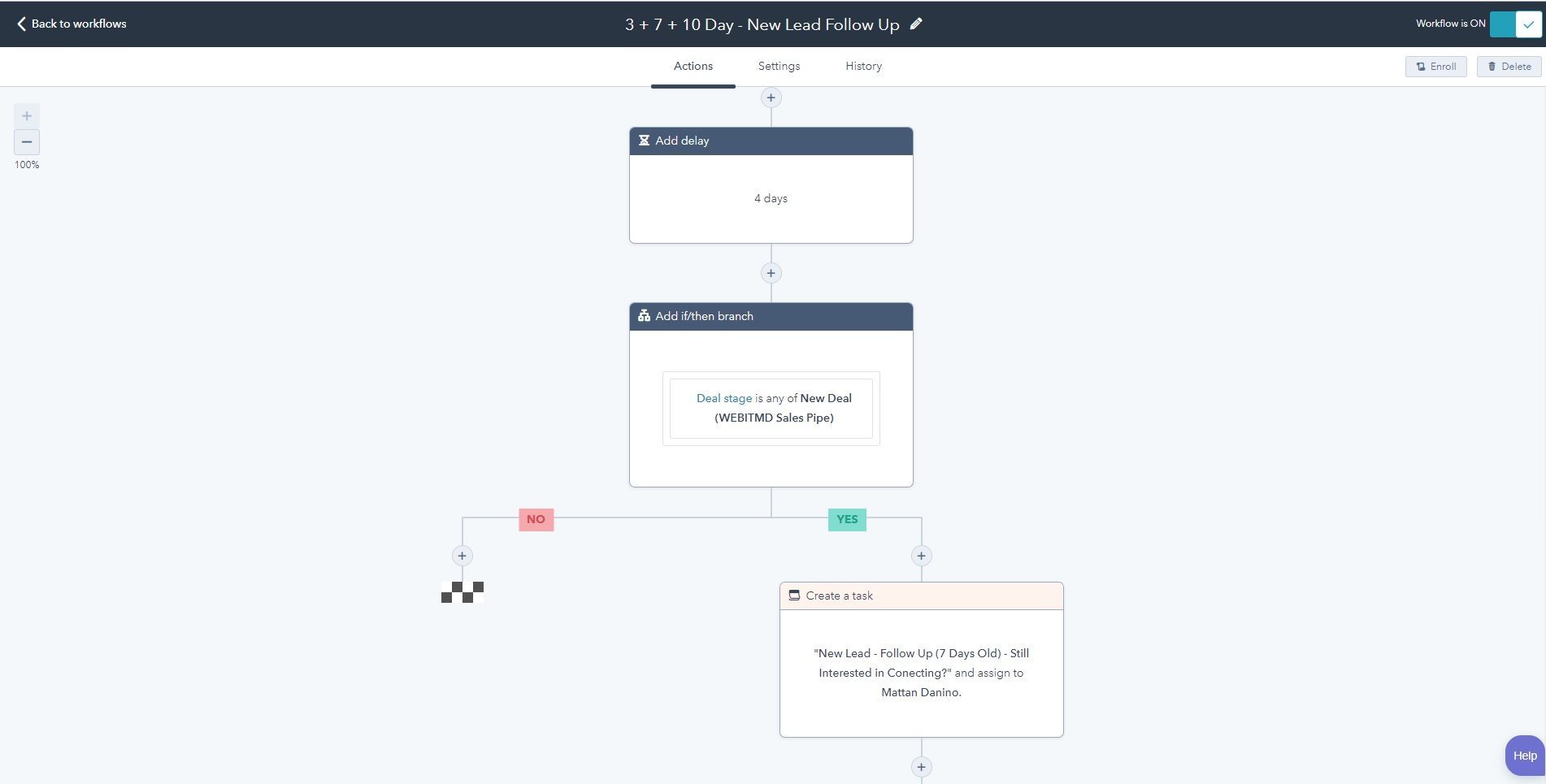
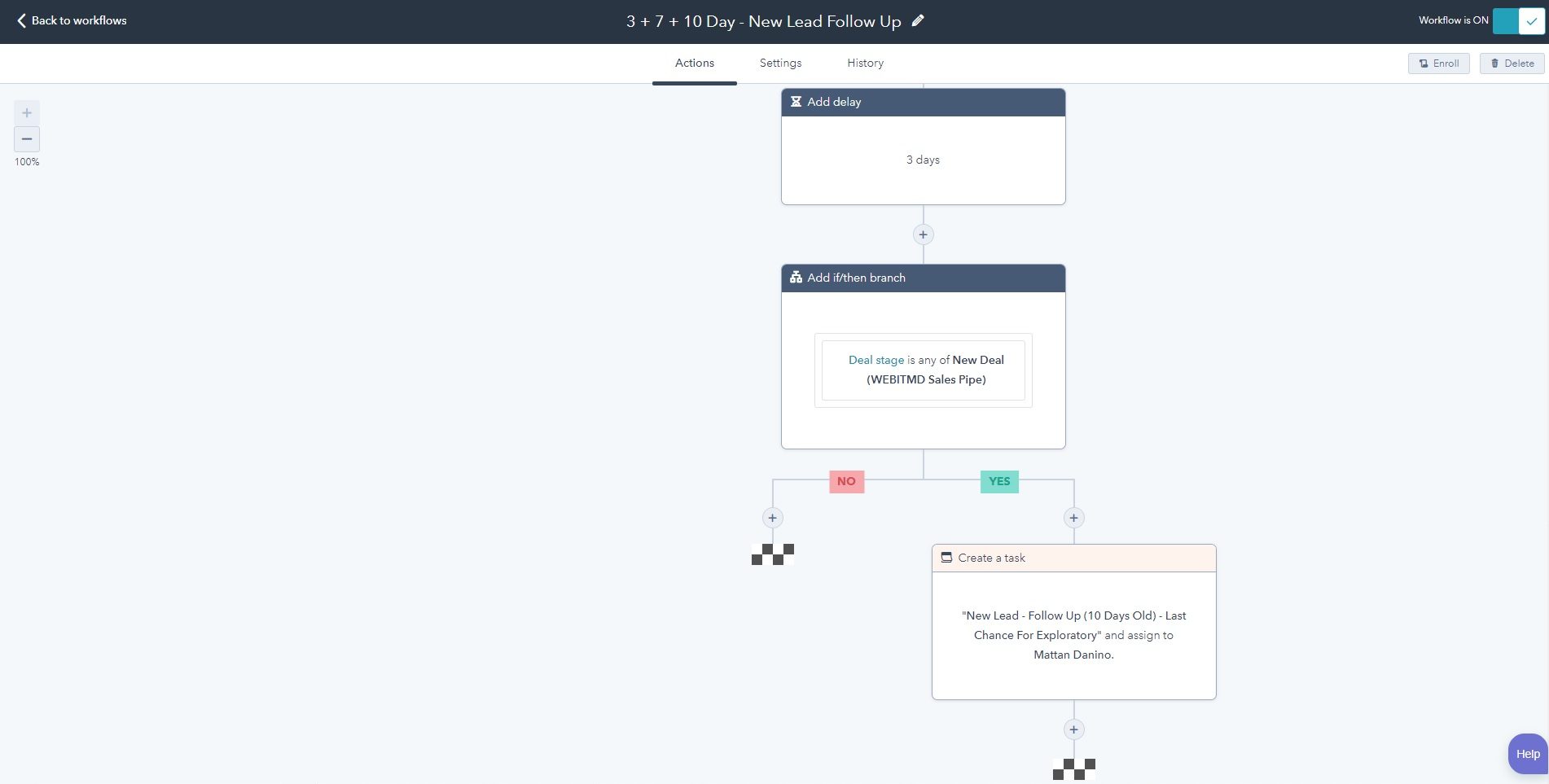

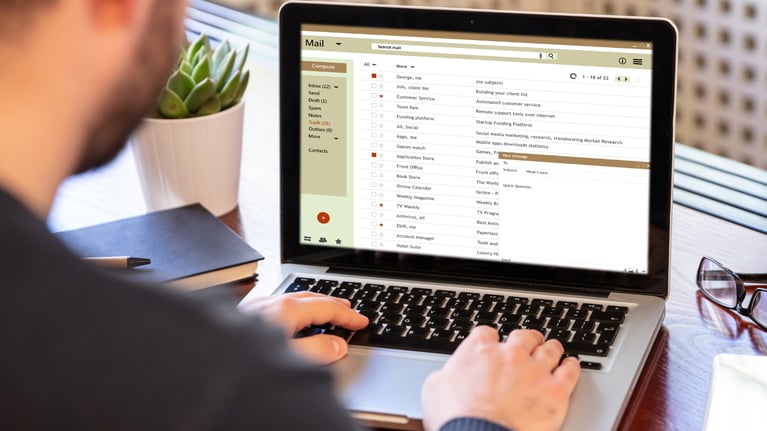


(1).jpg)

.jpg)



![5 Reports to Elevate Your HubSpot Sales Dashboard [+ Examples]](https://2363531.fs1.hubspotusercontent-na1.net/hub/2363531/hubfs/Imported_Blog_Media/6-winning-examples-of-a-hubspot-sales-dashboard-2.png?width=767&name=6-winning-examples-of-a-hubspot-sales-dashboard-2.png)

